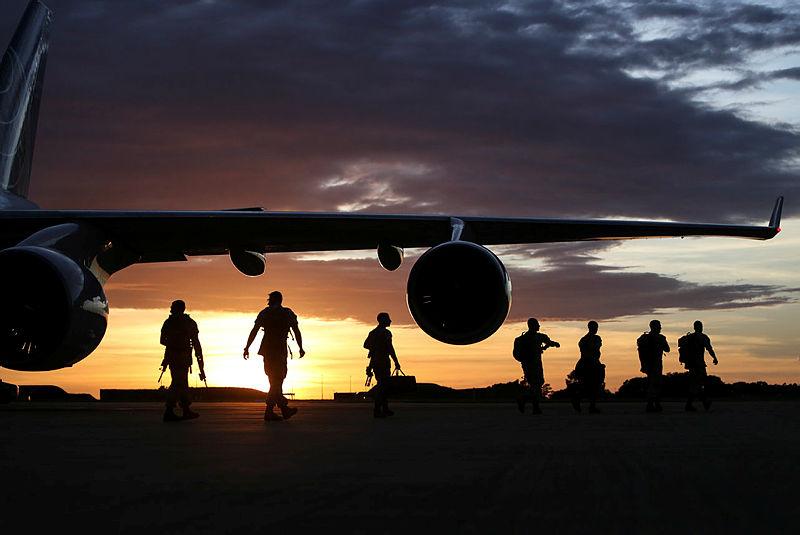Agenda for Change 2016: come on over, y’all
Posted By Andrew Davies on June 2, 2016 @ 06:00

This piece is drawn from ASPI’s forthcoming publication, Agenda for Change 2016: strategic choices for the next government.
Australia’s defence strategy is a topic much loved by academics, and there’s a rich literature about its various evolutions. In the 1960s the posture du jour was ‘forward defence [1]’. Australia was exercised about communist insurgencies throughout Southeast Asia and the ADF was deployed in Malaya, Indonesia and Vietnam. After Vietnam, we got ‘defence of Australia’—effectively a locally focussed strategy gifted to us by President Nixon’s Guam Doctrine [2]. The last few defence white papers have been couched in terms of geographic ‘concentric circles’ with Australia’s security interests and defence posture being defined by distance from our shores.
Not that any of those had much effect on the ADF’s force structure. Regardless of the story being told, the ADF has continued to bear a remarkable resemblance to that assembled by the Menzies government in the 1960s. Budgets have been less resilient to changes of strategic circumstance; the ADF’s size and readiness slowly dwindled during the lean times of the defence of Australia era. Nonetheless, the centrepiece force elements—except for the aircraft carriers—continued on, as Mirages were replaced by Hornets, the Navy’s six Oberon submarines became six Collins boats, and Army moved from Centurion tanks to Leopards. Similarly, the ADF tends to expand when there’s more money. The Howard government’s mining boom fuelled largesse saw defence acquire a slew of capable new platforms, though with no radical departures in the force structure.
So we shouldn’t put much store in the narrative description of Australia’s strategic circumstance and the declaratory defence strategy at the front of white papers—the money and what it’s spent on counts for more. DWP2016 is in many ways more of the same—there’s extra money, so we’ll get more of what we already have. But there’s also a significant difference: this time around there’s a lot more said about Australia’s alliance with the United States and the importance of other partners. That’s in response to the strategic outlook section, which identifies as our major challenge the growing competition between major powers in ‘our region’ (somewhat expansively used to describe pretty much the whole of the western Pacific and half the Indian Ocean).
While not explicit, the strategy that underpins this White Paper is to keep the US regionally engaged to help balance the baleful influence of China (spoken sotto voice). We want the American rebalance to Asia to be real and enduring, and to help make it so we’ll step up our spending to be more like a capable partner than a freeloader. The technologically refreshed and expanded ADF, developed with interoperability in mind, should work well in an alliance framework.
But there’s one other thing we could do that’s technically easy and will cost only a fraction of the promised $195 billion of spending on defence capability over the next decade [3]. Simply, we need to be better hosts to US force elements. We should stop arguing about who pays for the facilities they use in Australia and encourage them to come on down and settle in. We should stump up the cash and be grateful for the strategic bargain we’re getting—a strong local American presence is far better value than an extra submarine or two.
Article printed from The Strategist: https://aspistrategist.ru
URL to article: /agenda-change-2016-come-yall/
URLs in this post:
[1] forward defence: https://aspistrategist.ru/two-cheers-for-forward-defence/
[2] Guam Doctrine: https://aspistrategist.ru/is-another-guam-doctrine-moment-approaching-in-asia/
[3] $195 billion of spending on defence capability over the next decade: https://aspistrategist.ru/the-kinda-sort-of-integrated-investment-program/
Click here to print.